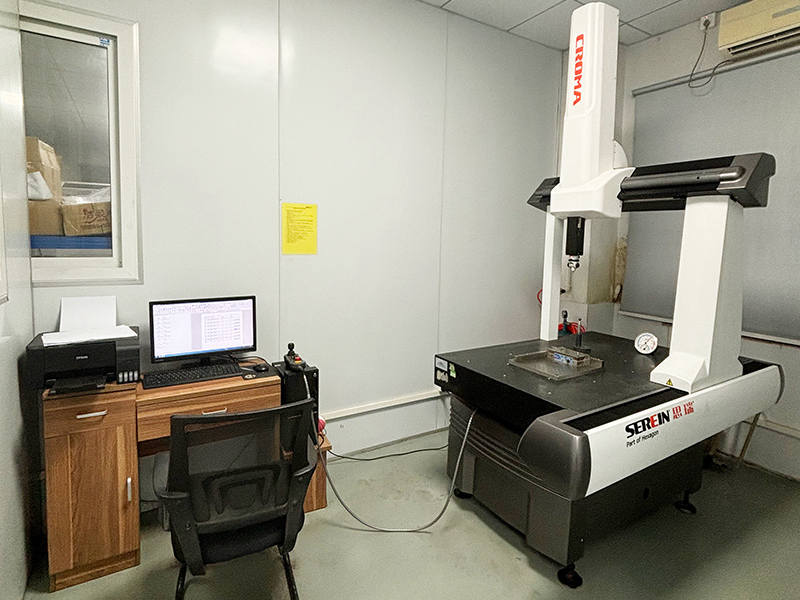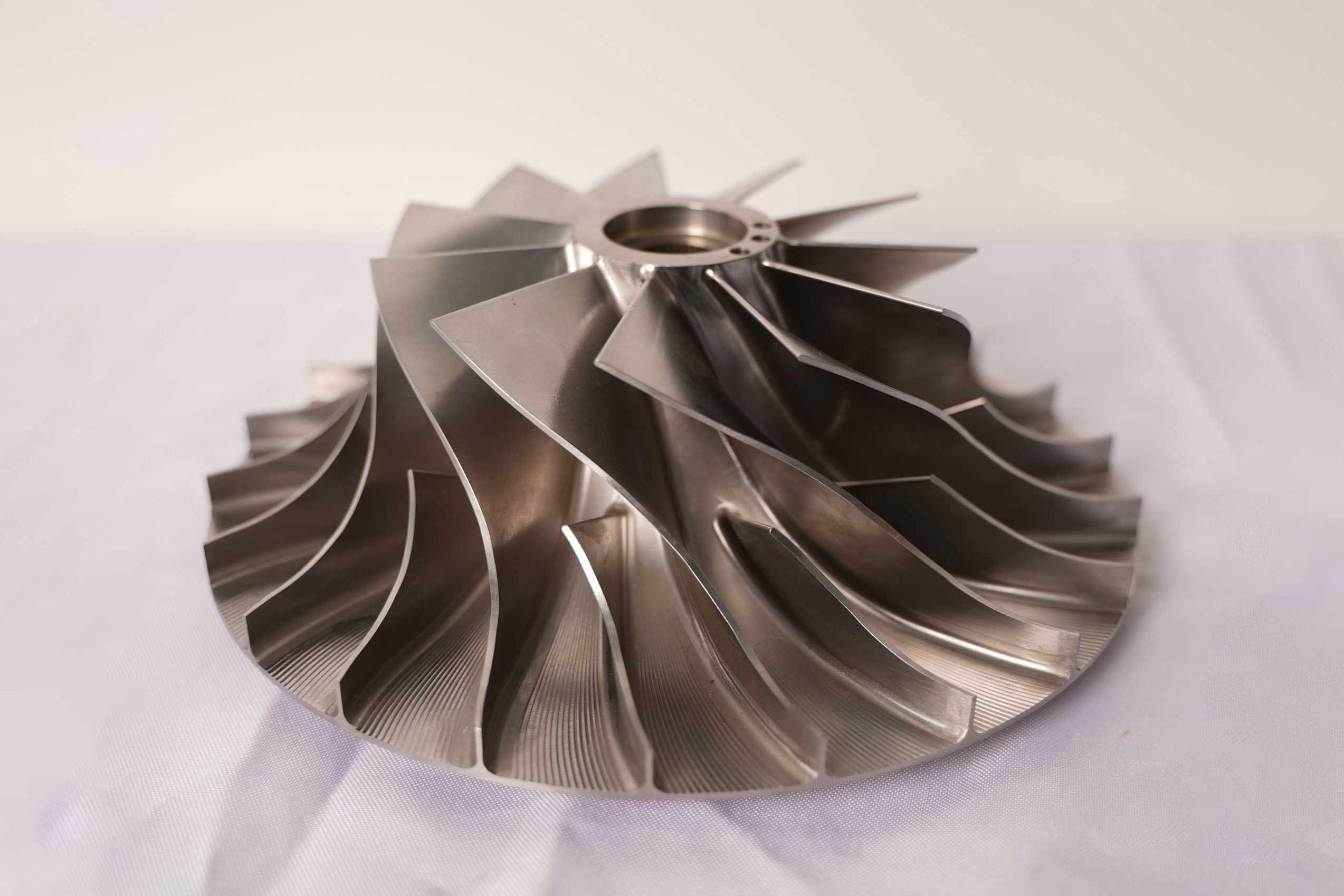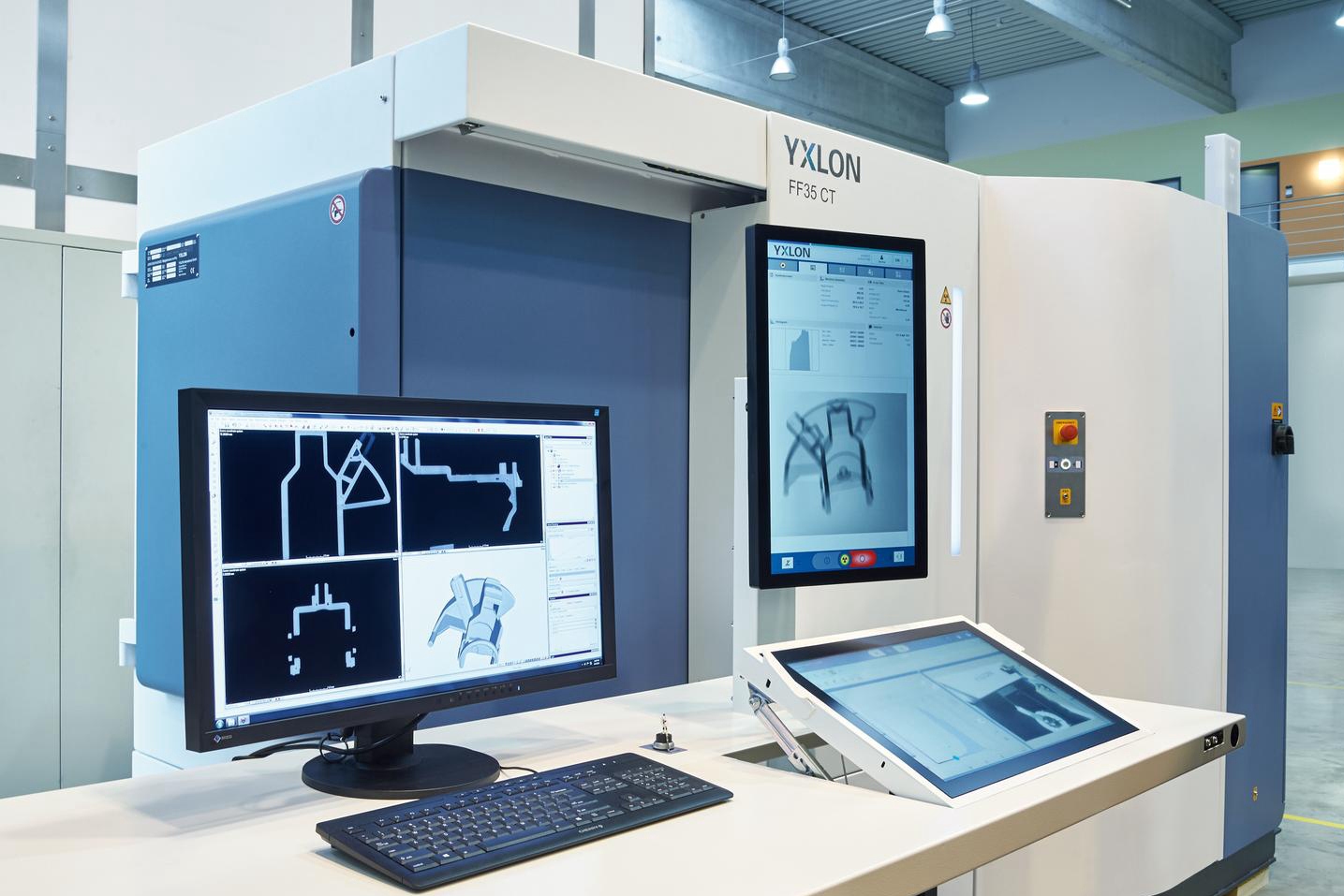Precision Components for Diagnostic & Analytical Devices
In modern medical diagnostics and scientific analysis, the precision of equipment directly determines the reliability of test results. As the engineering team at Neway, we fully understand the critical role that precision components play in in vitro diagnostic (IVD) devices and laboratory analytical instruments. From microfluidic chips to optical detection modules, from precision structural parts to instrument housings, the manufacturing quality of each component directly affects the accuracy and stability of the system.
Advanced Manufacturing Processes for Critical Diagnostic and Analytical Components
Microfluidic Channels and Lab-on-a-Chip Manufacturing
Microfluidic technology is reshaping the architecture and performance of modern diagnostic devices. Our plastic injection molding services are specifically optimized for the manufacturing requirements of microfluidic chips. With high-precision mold technology and stringent process control, we can produce microchannels with widths as small as 50 microns, ensuring precise control of fluids at the nanoliter scale. For microfluidic chips that require higher accuracy and complex three-dimensional structures, we utilize our CNC machining prototyping services, achieving submicron machining precision through micro-milling. These precisely manufactured microfluidic chips not only enhance detection sensitivity but also significantly reduce reagent consumption, laying a solid foundation for the miniaturization of point-of-care testing devices.
Optical Detection and Sensing Components
The accuracy of optical detection systems depends heavily on the quality of their components' manufacturing. Through our ceramic injection molding services, we produce high-precision lens mounts and filter holders with exceptional accuracy. These ceramic parts provide excellent thermal and dimensional stability, ensuring that optical systems maintain precise focus even in the face of temperature fluctuations. In the production of cuvettes and optical windows, we attach great importance to material purity and optical surface quality. By applying precision machining and polishing processes, we increase light transmittance to over 99.5%, providing a reliable foundation for high-accuracy optical measurements.
Precision Structural Components and Enclosures
The mechanical structure of diagnostic equipment directly affects its long-term stability and measurement repeatability. We utilize aluminum die casting to manufacture the main frames and critical structural components. Through optimized rib design and tight dimensional control, we achieve lightweight yet highly rigid structures. For enclosures and brackets requiring greater design freedom, our sheet metal fabrication services offer flexible solutions. Using precision laser cutting and bending, we create device housings that are both aesthetically pleasing and highly functional. These precision structures not only provide robust support for internal components but also effectively mitigate the impact of environmental vibration and temperature variations.
Surface Treatment Technologies to Ensure Performance and Reliability
In the manufacturing of diagnostic equipment components, surface treatment processes play a decisive role in overall performance and reliability. Our passivation treatments form dense oxide layers on stainless steel components, significantly enhancing corrosion resistance, which is particularly crucial for fluid-contact parts exposed to biochemical reagents. For optical components and microchannel surfaces, we apply precision polishing processes. Multiple polishing steps reduce surface roughness to Ra ≤ 0.05 μm, effectively minimizing liquid residue and bubble formation to ensure accurate and repeatable test results.
Key Material Selection for Diagnostic and Analytical Components
Optical-Grade and Chemically Resistant Polymers
Material selection has a direct impact on the performance and reliability of diagnostic equipment. We recommend polycarbonate for structural components requiring high impact strength and excellent dimensional stability, as it maintains reliable mechanical properties over a wide temperature range. For optical parts demanding higher light transmittance and UV resistance, we use acrylic (PMMA), whose outstanding optical clarity and weatherability make it an ideal choice for optical windows and lenses. In microfluidic chip manufacturing, we pay particular attention to biocompatibility and low protein adsorption, ensuring no additional interference is introduced during analytical processes.
High-Performance Metals and Ceramics
For applications requiring higher strength and corrosion resistance, we utilize stainless steel to manufacture fluidic channels and precision structural components. Through precise composition control and optimized heat treatment, we achieve an excellent balance of strength and corrosion resistance. For components requiring exceptional wear resistance and chemical stability, we adopt zirconia ceramics. This material offers outstanding mechanical performance and chemical inertness, making it ideal for long-term contact with reagents. We also emphasize thermal expansion compatibility across different materials to ensure stable fits and seal integrity under temperature variations.
Neway’s Precision Components in Diagnostic and Analytical Applications
In Vitro Diagnostic Devices
In the medical device sector, we supply critical components for a wide range of in vitro diagnostic instruments. From sampling needles in hematology analyzers to cuvettes in biochemical analyzers, from reaction cups in immunoassay systems to microfluidic chips in molecular diagnostic platforms, every component is carefully engineered and manufactured. We focus on ensuring the alignment accuracy and long-term stability between components, thereby maintaining high performance under high throughput and continuous operation. With precise fluid control and optical optimization, we help customers achieve higher sensitivity and broader linear ranges in their diagnostic systems.
Laboratory and Analytical Instruments
In high-end analytical instrumentation, we provide precision flow path components and detection assemblies for chromatography, mass spectrometry, and spectroscopy systems. Through ultra-precision machining, we produce chromatography tubing and flow channels with extremely smooth inner surfaces, effectively reducing sample adsorption and cross-contamination. For mass spectrometer ion source components, we apply specialized surface treatments to ensure stable performance under high-voltage and high-vacuum conditions. These precision components enable analytical instruments to achieve higher resolution and sensitivity, delivering reliable support for scientific research and quality control.
Point-of-Care Testing Devices
With the growing demand for point-of-care testing (POCT), miniaturization and functional integration of devices have become increasingly important. We develop highly integrated microfluidic modules for handheld POCT devices, combining sample preparation, reaction, and detection functions on a chip no larger than a postage stamp. Through precise injection molding and bonding processes, we ensure that every microchamber and microchannel maintains consistent dimensions and performance. These innovative solutions not only reduce device size but also simplify operating procedures, enabling high-quality diagnostics to be deployed in primary care settings and home environments.
Choose Neway to Ensure Precision and Reliability of Your Devices
At Neway, we have established a comprehensive quality management system to ensure strict control at every stage from raw material procurement to final delivery. Our production environments comply with relevant cleanroom standards, and all critical processes are conducted under controlled conditions. Through advanced data collection and analysis systems, we continuously monitor key process parameters in real time, ensuring product consistency and full traceability. Our engineering team not only has strong technical expertise but also a deep understanding of standards and regulations in the diagnostics industry, enabling us to help customers overcome complex technical and compliance challenges.
Conclusion: Enabling Precision Medicine and Scientific Discovery with Precision Manufacturing
The precision manufacturing of diagnostic and analytical equipment is a systematic engineering effort that integrates expertise from multiple disciplines. Leveraging our extensive experience in precision manufacturing and deep insight into the diagnostics industry, Neway is committed to delivering high-quality component solutions to customers worldwide. We believe that through continuous technological innovation and rigorous quality control, we can deliver robust technical support for precision medicine and scientific advancement.
FAQ
How to ensure micron-level accuracy and smoothness in microfluidic chip channels?
How to select corrosion-resistant materials for biochemical reagent exposure?
What parameters must be controlled to ensure accurate optical signal detection?
How does Neway manage cleanroom environments for diagnostic device production?
How is performance consistency ensured from prototype to mass production?




